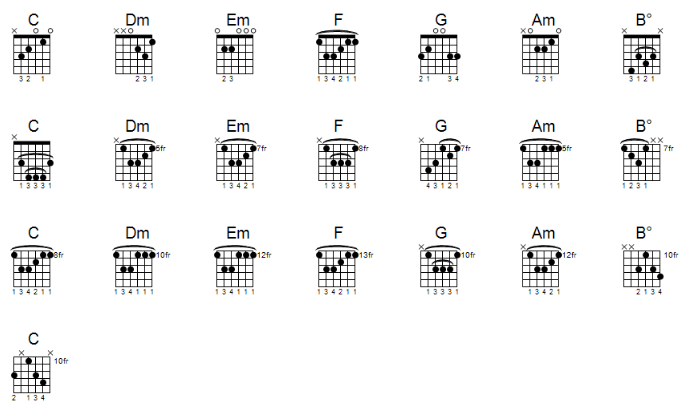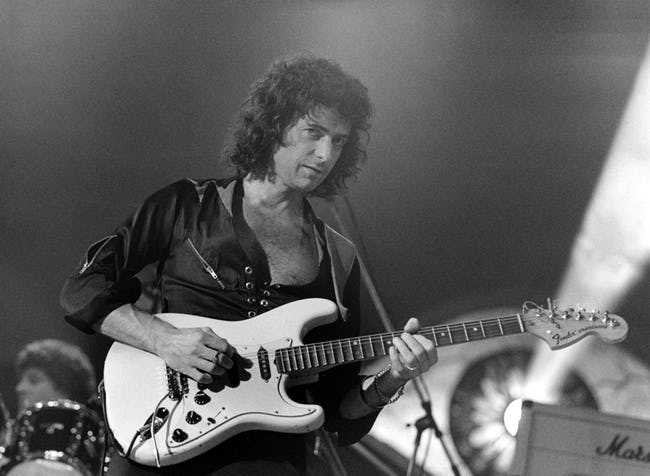Whenever you start learning something new someone will inevitably say to you, ‘You need a good grasp of the basics,’ or, ‘You need a solid foundation’, or something to that effect. Of course, most of the people that come out with such enlightening comments either have no idea what they’re talking about, are merely repeating something they heard, or just like to dispense unwanted, and somewhat redundant advice.
As far as learning guitar goes, I think there is a need for some well-defined basics for both beginner and intermediate guitarists alike, especially as your average intermediate guitarist tends to have gaping holes in his/her knowledge. Some of the most common cases being an embarrassing lack of chord knowledge, not knowing the notes on the neck (past the bottom two strings), sloppy soloing technique, clumsy chord changes and so on. Based on hindsight I’ve come up with the three essential basics of guitar playing that all beginners, and intermediate players, should practice.
What to practice
We’re going to break things down into keys and go through all 12 of them, that’s right, all 12… It sounds like a lot but the information I’m going to give you is visual, and the benefit of visual information is that it’s very repetitive and once mastered in a few keys, can be easily applied to the others. Kind of like watching the same movie over and over until you get to the point where you know what’s coming next.
We’ll be working with the following equation:
Scales + Chords + Triads = the Basics
I’ve chosen these three areas as they are the building blocks for everything else, and if you’re already an intermediate player, will probably fill in a few of those gaping holes for you. Our goal here is just to learn the information and not question it too much; just know that it will provide a solid foundation for your future playing even if it seems irrelevant right now.
Scales
We’ll use the key of C Major for all our examples but this stuff must be transposed to all other keys to make it work. Our goal with learning scales is to know where all the available notes from the C Major (or whichever key you’re working in) scale are so that they can be easily called upon. I’m not asking you to learn the note names or the intervals, and we’re not even going to mention modes. The idea here is simply to know where every note in the C Major scale is across the whole fretboard.
Get this into your head:

How?
There are various ways you could accomplish this. I’d shamelessly recommend my own 2 Position Scale System which you can check out here, or you could use the 5 position patterns, the 7 position 3NPS (3-note-per-string) patterns or almost any scale system you know, the idea being to learn where all the notes are on the neck, not some mindless technical exercise. You could even dissect the above pattern into your own mini-patterns as there are no hard and fast rules as to how to learn a scale.
Practice scales as slowly as you need to without making mistakes, don’t bother with a metronome at this point as our goal is note location, not timing.
What about pentatonic scales? Doesn’t everyone start with those?
Unfortunately yes, but if you look closely at the C Major scale pattern above you’ll see both C Major Pentatonic and A Minor Pentatonic just sitting there under your fingers, built-in.
Chords
Our next step is to look at the chords generated in the key of C Major. We’re not going to be using the tedious CAGED system idea; instead we’ll be learning just enough chords to a) cover the fretboard, and b) be dangerous. Here are the chords you’ll need for the key of C Major, play them from left to right:

In Part 2 we’ll take a look at the final part of the equation: triads!



